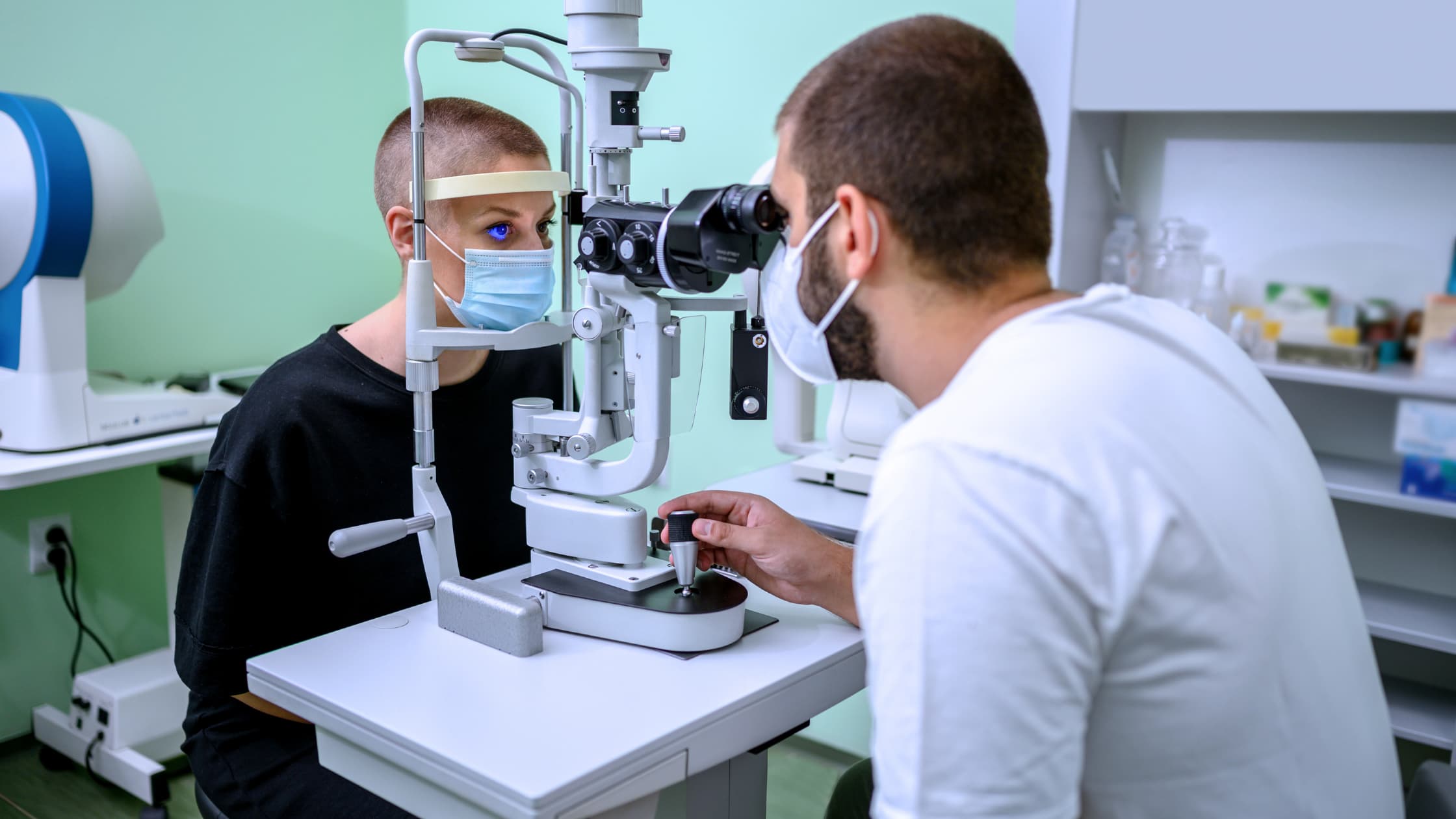

Dilated eye exam full#
Optomap®, a flagship product of Optos®, is a fascinating imaging technology that gives optometrists a full view of the retina without the need for dilation. An impressive technology has been developed that allows many patients to have eye exams without the need for a dilation test. Undoubtedly, the medical industry has been a recipient of innovations that make medical procedures easier for both doctors and patients. Technology is gradually sweeping through every sector, bettering our lives for it. Since dilation is considered a nuisance by most people, is there a way to get an eye exam without one? The answer is….Maybe. DOES NEW TECHNOLOGY OFFER EXAMS WITHOUT DILATION? A proper eye exam can often diagnose early vision issues and in some cases, provide early intervention treatment that can strengthen eyesight or prevent it from deteriorating further. Thus, an examination of the eyes – which typically involves dilation – is essential. This can help your eye doctor check for many common eye problems including:Īs you get older, there’s a slight chance that you might be at risk for the conditions above. When your eyes are dilated by an optometrist, it widens your pupils so your doctor can use a magnifying lens to look inside your eye and see the retina, optic nerve, blood vessels, and other parts of your eyes. WHAT CONDITIONS CAN BE DETECTED FROM EYE DILATION? However, it could be shorter or longer – based on the way your eyes react to the dilation. The side effects typically last between 3 to 6 hours. In some cases, you might need assistance driving home. It is recommended for patients with dilated pupils to wear sunglasses after completing their exam to prevent too much light from penetrating the eyes. Inability to focus on objects closer to you Some of the symptoms you may feel after dilation include: Many people consider dilation tests to be a bothersome process because there are a few symptoms that can last for hours after your eye exam has been completed. Eye dilation occurs 10 to 20 minutes after the eye drops have been placed in the pupils. It typically involves placing dilating eye drops into a patient’s eyes to make their pupils broaden (widen up) in order to view the inside of the eye. But first things first: WHAT IS EYE DILATION?Įye dilation is a standard medical procedurethat is performed by an eye doctor while they are conducting an eye exam. This brings us to our topic: is it possible to have an eye exam without dilation? You’re going to find out shortly. Most comprehensive eye exams require you to have your eyes dilated, and that’s what people are worried about. The reality is that eye examinationsshould be conducted regularly by an optometrist to ensure optimal eye health. Some patients may even try to talk their optometrist out of performing the dilation procedure if they have somewhere important to go after their eye exam. What’s that one thing most people worry about before getting an eye exam? Dilation tests.


 0 kommentar(er)
0 kommentar(er)
